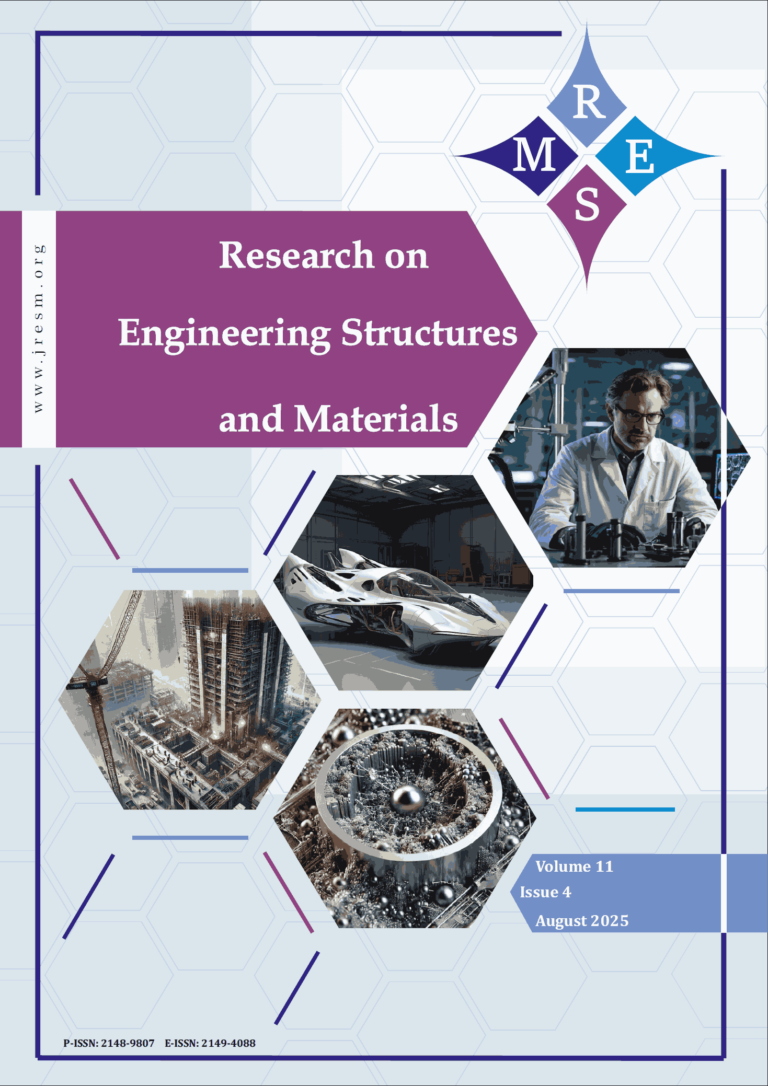Conventional concrete production contributes significantly to global CO2 emissions, encouraging a sustainable alternative material. Geopolymer concrete, exceptionally lightweight geopolymer concrete (LWGC), an innovative approach, offers a promising solution by utilizing industrial by-products like fly ash while reducing environmental impact. However, optimizing alkali activator ratios remains a critical challenge in developing LWGC with adequate mechanical properties for structural applications. This study investigates the effect of varying sodium silicate (Na₂SiO₃) to sodium hydroxide (NaOH) ratios on the properties of LWGC synthesized from fly ash and expanded polystyrene (EPS). Three different Na₂SiO₃/NaOH ratios (1.5, 2.0, and 2.5) were examined to evaluate their effects on fresh and hardened concrete properties. Fresh concrete properties were assessed through setting time and slump flow tests, while hardened concrete was evaluated for density, compressive strength, and splitting tensile strength at 14, and 28 days. Results demonstrated that increasing the Na₂SiO₃/NaOH ratio decreased workability but enhanced mechanical properties, with the 2.5 ratio achieving the highest 28-day compressive strength (22.85 MPa) and splitting tensile strength (1.43 MPa). All LWGC variations exhibited densities between 1080-1250 kg/m³, qualifying them as lightweight concrete according to ASTM C125 standards. Polynomial regression analysis revealed a non-linear positive correlation between activator ratio and mechanical strength development. This research demonstrates that fly ash-based LWGC with EPS aggregate can be effectively engineered by optimizing the alkali activator ratio, providing sustainable construction materials with mechanical properties suitable for structural applications while contributing to circular economy principles through waste utilization properties.
